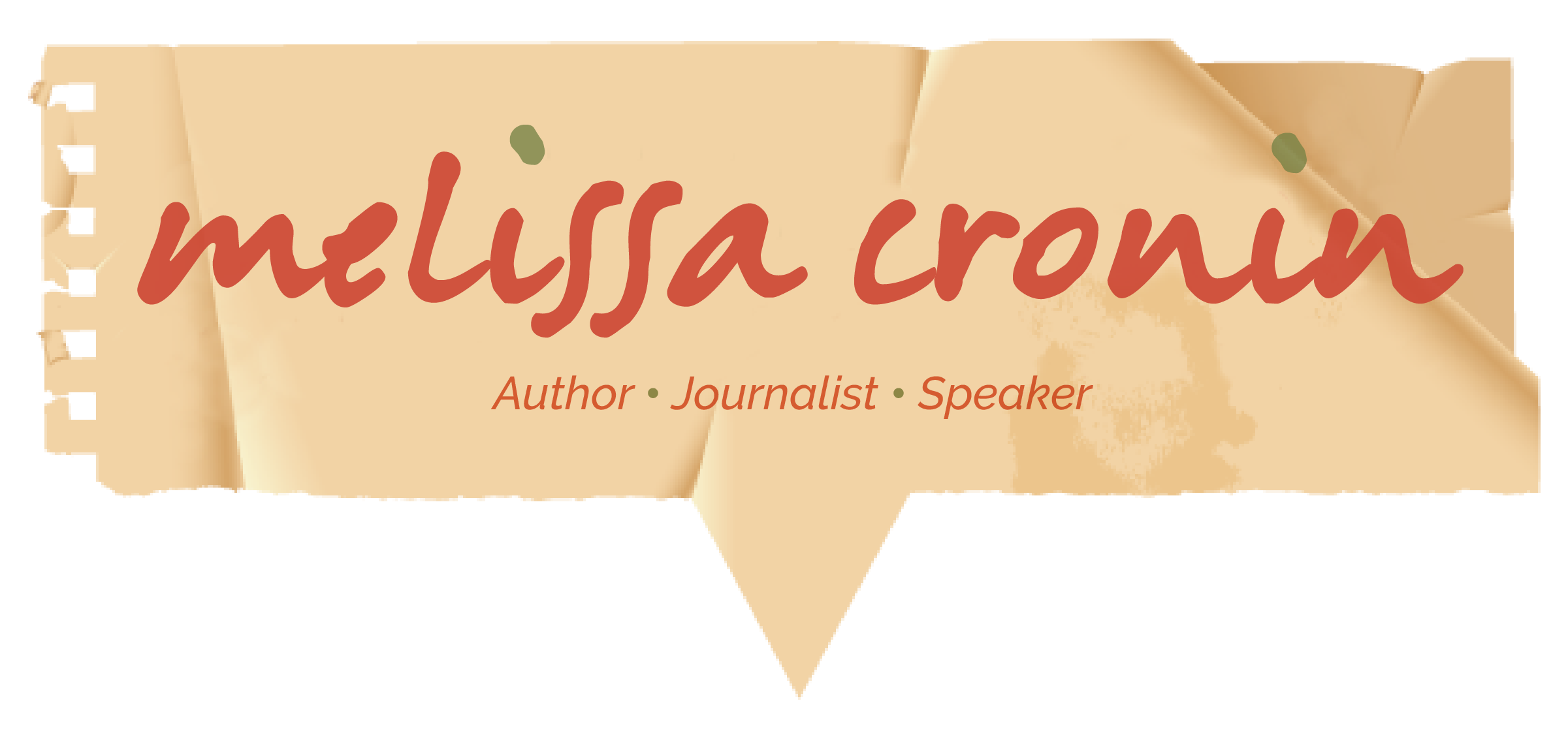Cranial Sacral Therapy
Our bodies deserve to be treated with kindness. Right? If you are looking to do just that, whether you are living with post-traumatic stress disorder, a traumatic brain injury, chronic neck and back pain, migraines, or any other emotional or physical ailment, why not give cranial sacral therapy (CST) a try? Discovered in 1970 by osteopathic physician John E Upledger, CST is not as new-age as you might think.
I know, “cranial sacral” sounds nothing like new-age. You might cringe at the notion of someone messing with your neck and spinal column. But, with CST, there is no mess involved: back cracking, neck manipulation, muscle tugging. To help understand CST, I’ll interrupt here with a very brief lesson in Anatomy 101. More than most other parts of the body, the brain and spinal cord, which make up the central nervous system (CNS), influence the ability of the body to function properly. In turn, for the CNS to function up to par, it relies heavily on a healthy craniosacral system: the membranes and fluid that surround, protect and nourish the brain, spinal cord, and the attached bones.
Since we endure stress every day – sitting at a desk for long hours, dragging a whining toddler through the grocery store, driving through bumper-to-bumper traffic – the body’s tissues tighten and create havoc in the craniosacral system. This can cause increased tension around the brain and spinal cord, interfering with the healthy functioning of the CNS, and even other systems it interacts with.
With CST, the therapist uses her hands to evaluate the craniosacral system by gently feeling various parts of the body to assess for ease of motion, and for the flow of cerebrospinal fluid around the brain and spinal cord. Using soft-touch, she releases restrictions in the tissues, and mobilizes fluids around the spinal cord.
I’ve been curious about CST for a long time now, and, when I attended a workshop on CST at Vermont’s annual brain injury conference this past October, Kate Kennedy, the speaker, and veteran practitioner of the method, convinced me to consider it as an adjunct to alleviating my PTSD symptoms (hyper-vigilance, hyper-startle, nightmares) and a TBI (foggy-headedness, fatigue, poor concentration).
During the workshop, I learned, for CST to help heal our physical ailments, we need to let go of our emotions. Kate called them the “stuck places,” when she referred to the “emotions that take up space in our bodies” – in our muscles, tissues, bones. Vital to treating her clients, she asks them to talk about their individual traumas, as she feels for tight places, the places she senses being “over-charged.” With the letting go of emotions, those tight areas also literarily let go.
Kate also reminded us that compensatory mechanisms influence the experience of the trauma. In other words, we possess layers upon layers of compensation before the trauma, and, for instance, how a migraine associated with a TBI heals depends a lot on what our past compensatory mechanisms were like. It’s not uncommon for people to hold onto the force of the injury – for example, neck tension.
The memory of trauma, pain, or any acute or chronic condition might very well be wrapped-up in your body. It’s true, our bodies hold our personal narratives. If we want to rid them of the upsetting narratives, or as Kate says, “The waste products of our central nervous system,” CST, with its gentle, listening approach can find those mucked-up places. I think of CST as empowering, as allowing you to gain access to your own body – the entire container of the self.
Are you ready to be empowered?
To find a CST therapist click here.


Recent Comments